The Future for Rail Accessibility
- Julian Vaughan

- Mar 28
- 8 min read
Updated: Jul 26
The glacial progress of the ‘Access for All’ scheme means that at the current rate of progress, the UK rail network won’t be accessible for around 100 years. This highlights the culture within government and the rail industry, which views accessibility as a favour rather than a fundamental right.
Listen to any politician or rail industry bigwig and they will tell you that rail accessibility is a priority. As Prime Minister Keir Starmer recently said, “It’s a basic requirement.” Unfortunately, the reality faced by disabled people is vastly different.
It is time for action, not words. Are we about to see this much-needed action from the current Labour government?
Last week on 18th March, a Westminster Hall debate discussed step-free access across the UK rail network. The debate was secured by Paul Kohler, the Liberal Democrat MP for the Wimbledon constituency. I provide a link to the full debate, lasting 25 minutes, at the bottom of the blog, but below I highlight the issues raised by Mr Kohler and other MPs, as well as the government response put forward by the Halifax MP, Kate Dearden.
Paul Kohler and MPs from all sides of the house who contributed to the debate succinctly set out many of the issues faced by disabled people on our railways.
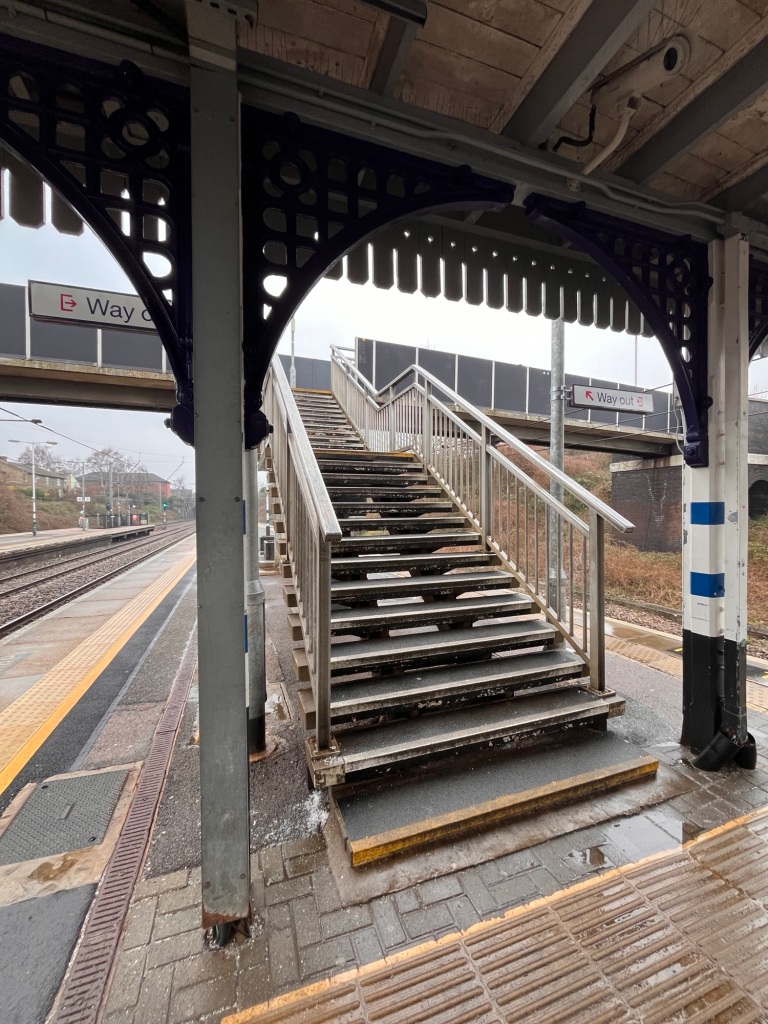
Mr Kohler stated that the upcoming rail reforms gave a chance to put accessibility at the heart of the public transport system and that it was incumbent on the government to move on from the lofty rhetoric to the hard reality of making the transport system accessible. He pointed out that only around 25% of UK railway stations are fully accessible from street to platform.
Andrew Cooper, the labour MP for Mid Cheshire put forward the case for an additional round of ‘Access for All’ nominations while Great British Railways takes shape and Wendy Chamberlain, the Liberal Democrat MP for NE Fife, asked for a firm commitment from the government on the future of the Access for All fund.
Helen Morgan, the Liberal Democrat MP for North Shropshire, raised the issue of Whitchurch station, awarded funding in May 2024 by the previous government, but which subsequently has had the funding pulled by the current government.
I should add at this point that my understanding is that the funding hasn’t been pulled as such, but all 50 stations awarded funding are now under review. These stations are discussed further later in this blog. I share Helen Morgan’s frustration as the same thing has happened to Leagrave station, a station where I have campaigned for step-free access for some years alongside Sarah Owen, the constituency MP for Luton North.
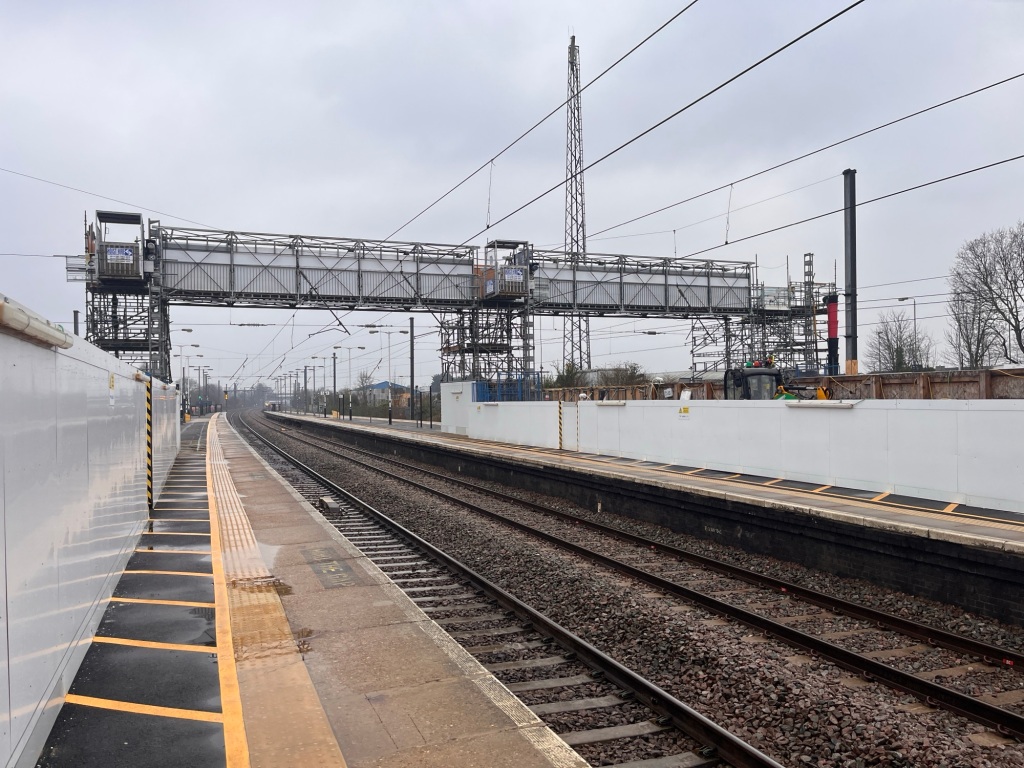
Mr Kohler continued by quoting the then Chair of Network Rail, and now Rail Minister, Lord Peter Hendy, who said in May 2024 that Network Rail had “significantly underperformed” on step-free access improvements in Control Period 6, which ran from 2019-2024. He’s not wrong!
It does not inspire much confidence that it was Lord Hendy, who in 2015 as the then Chair of Network Rail, produced a report that led to the deferral of step free access improvements at 27 stations. Some of these stations are still waiting for step free access 10 years later.
Rail accessibility isn’t just morally the right thing to do, it makes economic sense too.
Julian Vaughan
Natasha Irons, the Labour MP for Croydon East highlighted the inaccessibility of Croydon East and Norwood Junction stations in her constituency, the 21st and 117th busiest stations in the UK respectively.
Mr Kohler then went on to highlight an issue I have written about previously, which is the legislation that allows railway station modernisation to take place without a legal obligation to ensure step-free access is provided.
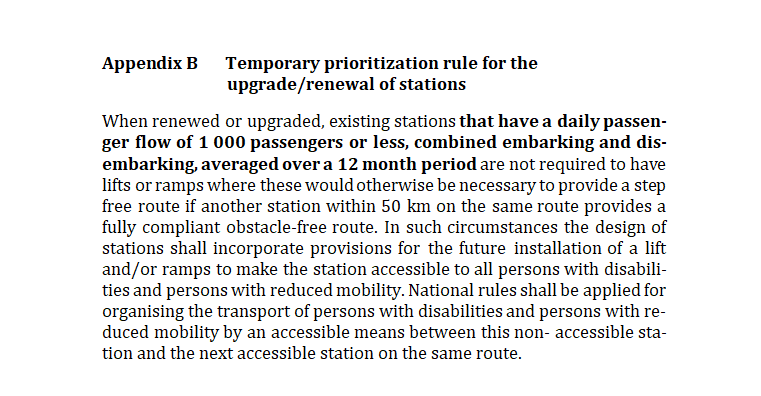
This legislation, hidden away in Appendix B of the ‘Persons with Reduced Mobility National Technical Specification Notice’ (PRM NTSN) permits station modernisation to take place without step-free access provision if less than 1,000 passengers a day use the station and if there is an accessible station within a 50km radius.
This is a benchmark for inaction. The table below gives an indication of how many railway stations in the UK have less than 365,000 passengers a year – the cut-off below which ‘passive provision’ is permitted i.e. provision for a step free route at some unspecified time in the future. Some get out clause this!
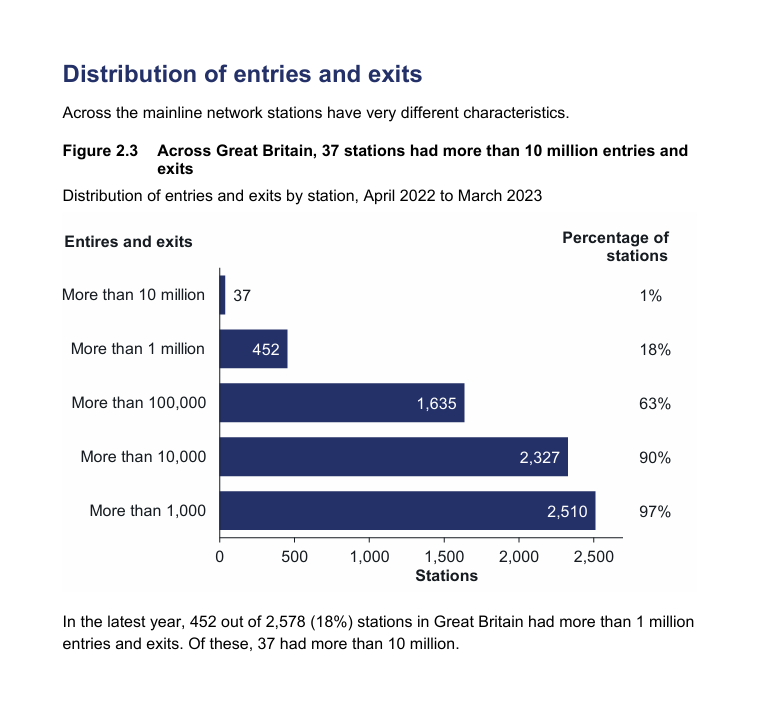
For your information, only 978 railway stations would exceed the 1,000 passengers a day threshold and there are just over 2,500 railway stations in the UK.
I had to agree with Jim Dickson, the Labour. MP for Dartford who bemoaned the inaccessibility of Swanscombe station and stated that too many stations had laid outside the ‘Access for All’ scheme for too long.
Claire Young, the Liberal Democrat MP for Thornbury and Yate, spoke about the unreliability of the lifts that have actually been installed at stations, which Mr Kohler indicated was a nationwide and worsening issue.
The virtual absence of level boarding at UK railway stations was set out during the debate. 67% of platforms are too narrow for wheelchair users to turn at the base of a ramp and only 2% of platforms have level boarding between the train and the platform.
I was heartened to hear Lisa Smart, the MP for Hazel Grove emphasise that the need for an accessible rail network is not just an issue of fairness, it is an issue of growth.
Rail accessibility isn’t just morally the right thing to do, it makes economic sense too. As our population ages, the cost/benefit ratio will only increase.
As Paul Kohler correctly pointed out in his summing up, if the government wants to get more people back to work an accessible transport system is a crucial part of that endeavour and is vital to create a more inclusive and productive country.
The Government Response
So, what was the government response and what clues did we get about the future direction for rail accessibility on the UK rail network?
Kate Dearden, the Labour MP for Halifax, spoke on behalf of the government. We heard many of the warm words that accessibility campaigners will be wearily familiar with; agreement on the need for an accessible rail network so that everyone can access the same opportunities; not just a matter of convenience but a matter of fairness; the government’s unwavering commitment to improving rail accessibility etc.
These cliches have been trotted out by so many different governments they have become meaningless, no matter how well meaning the intentions.
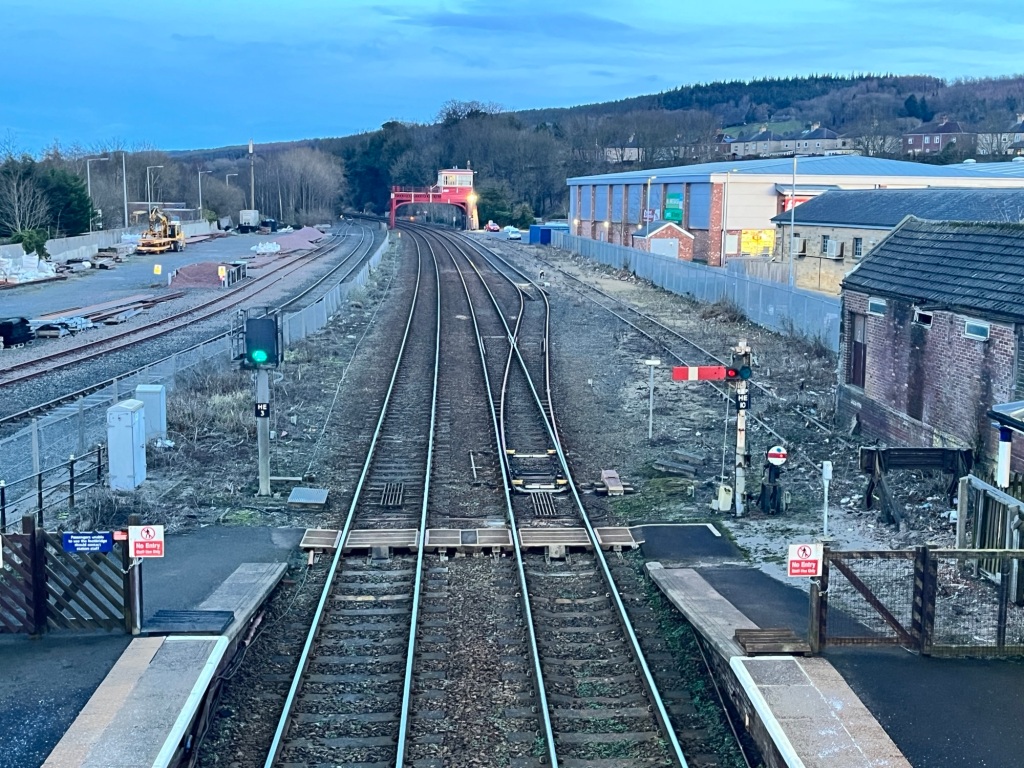
There were some small nuggets of information. Confirmation that 260 stations have been made step-free as a result of the Access for All scheme launched in 2006 by the previous Labour government and the admission that only 20% of stations in the UK provide full step-free access.
The response then moved on to the stations provisionally awarded Access for All funding in May 2024, during the last days of the Conservative government. 310 station nominations were received and 50 of these were successful, although there was a significant proviso (what some may call another get out clause) that these stations were only to have feasibility studies carried out before any final decisions were made about whether they would actually be made step-free.
As mentioned earlier, I have some personal experience of the above. Working with Sarah Owen MP, we successfully campaigned for Leagrave station to be awarded Access for All funding. However, we have since been advised that the feasibility study we successfully lobbied to receive funding for (at a cost in the region of £20,000) was not a detailed study (despite it being carried out by Network Rail and including an initial option report) and that a business case would now have to be put together to justify lifts for the station.
It is almost like the government wants to put as many hurdles in the way of an accessible rail network as it can, and this is in addition to the Department for Transport pointing the finger at Network Rail and vice versa for the lack of progress on rail accessibility.
Apologies for the moaning – back to the government response.
Of the 50 stations, 29 had now completed these feasibility studies, with the rest due for completion by the Summer. So, as it stands we have no idea about how many of these 50 are actually going to be progressed to completion.
I should make very clear now that even if all 50 stations were successful, this pace of improvement falls well short of what is required to deliver a rail network that will be accessible to everyone. As the Disabled Persons Transport Advisory Committee stated in 2022, at the current rate of progress, it will be around 100 years before the UK rail network is fully accessible.
Further, the well worn soundbite that 75% of UK railway passenger journeys take place through step-free stations is immaterial on the basis that it is a statistic primarily based on the journeys of non-disabled people.
We then got to the vital part of the announcement, what is planned for the future. Unfortunately, I’m not sure if we are any the wiser at this stage. I have replayed this part of the government’s statement a few times and still can’t quite get a hint of any firm commitment to the ‘Access for All’ scheme, never mind the much needed scale up of infrastructure improvements.
The statement mentioned that the government is “committed to building on this progress” and that “Ministers are carefully considering the best approach for the ‘Access for All’ programme in Control Period 7.” For reference Control Period 7 (the railway is funded in five-year cycles) runs from 2024-2029.
When pressed on timescales, the government spokesperson said “by the Summer”, I believe in reference to the outcome for the 50 stations mentioned previously, but then added “and the outcome after the (June) spending review”. I am unclear if this was a reiteration of the commitment to the decision on the 50 stations, or a reference to a decision on the future of the Access for All scheme.
Therefore, I have yet to receive any confirmation that the government does actually have an “unwavering commitment to improving accessibility” although I believe we will have a much clearer idea by the Summer, following the June Spending Review Announcement, where the budgets for all the government departments will be announced.
An accessible rail network intersects with Labour’s core values of equality, a dynamic economy, and a just society – although following Rachel Reeves’ Spring Statement, some may argue that these values no longer seem to be a priority.
Whatever your view, investment at pace into transforming our Victorian rail network into a railway accessible to everyone would enshrine these values into our communities and also assist with our vital drive to net zero.
If the government genuinely has an “unwavering commitment to improving (rail) accessibility,” then Appendix B of the PRM NTSN must be removed.
The current bun-fight for Access for All funding prior to every Control Period should be stopped and a rolling programme of step-free improvements put in its place. Currently, communities have no idea when their local station will become step-free. This uncertainty must end and a station by station timetable for step free improvements created.
If the government genuinely has an “unwavering commitment to improving (rail) accessibility,” then Appendix B of the PRM NTSN must be removed.
Julian Vaughan
I would urge the current government to view accessibility improvements to our railway system as one of its key missions that would enable a genuine transformation in our society. Disabled people have waited long enough and warm words just won’t do.
Julian Vaughan
Chair Bedfordshire Rail Access Network
28th March 2025
Sources and Further Reading
Westminster Hall Debate – step free access at train stations
DPTAC reference frame: working towards a fully accessible railway – February 2022
UK rail network accessibility maphttps://accessmap.nationalrail.co.uk/”>https://accessmap.nationalrail.co.uk
Step Free and Appendix B – by the authorhttp://julianvaughan.blog/2024/11/15/step-free-and-appendix-b/”>http://julianvaughan.blog/2024/11/15/step-free-and-appendix-b/
Starmer, Rail Accessibility and Tanni GT – by the authorhttp://julianvaughan.blog/2024/09/01/starmer-rail-accessibility-and-tanni-gt/”>http://julianvaughan.blog/2024/09/01/starmer-rail-accessibility-and-tanni-gt/
Office of Rail and Road – Estimates of Passenger Numbers at UK Rail Stations https://dataportal.orr.gov.uk/statistics/usage/estimates-of-station-usage




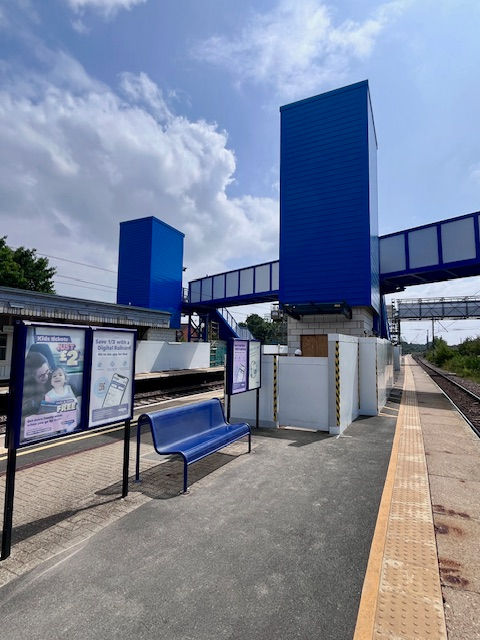
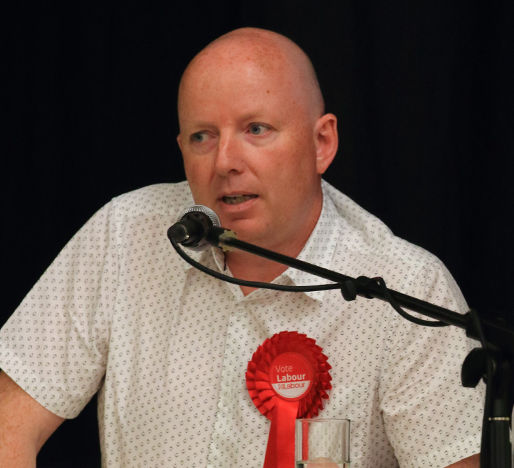
Comments